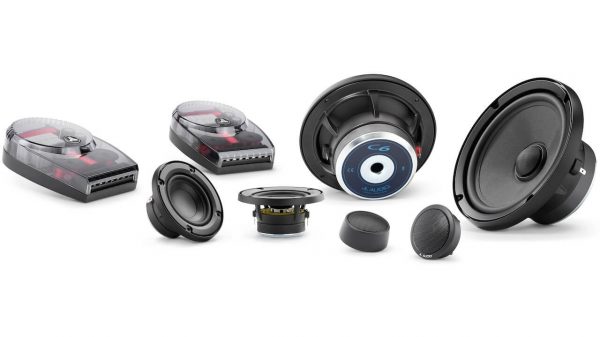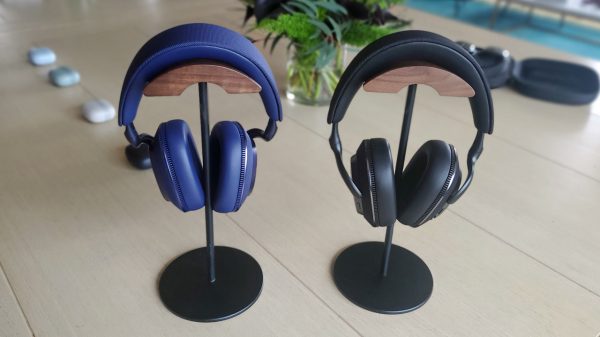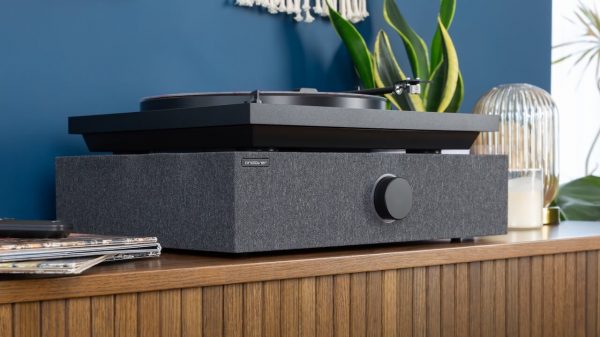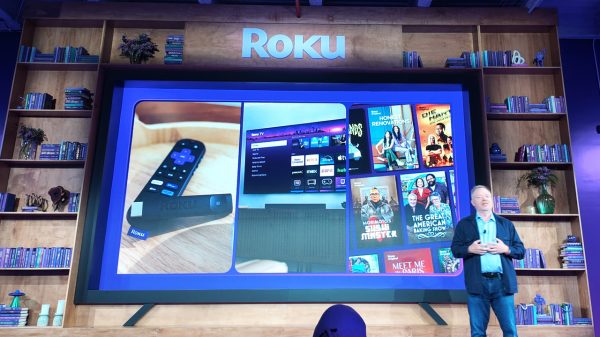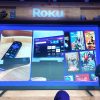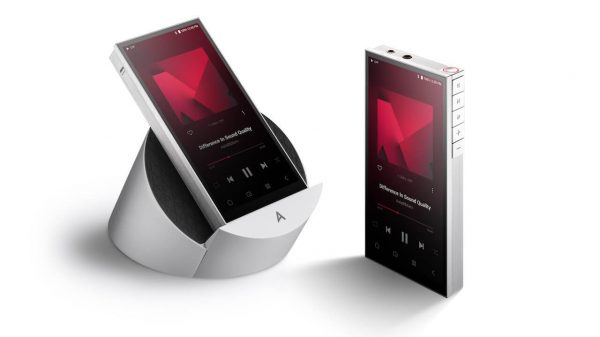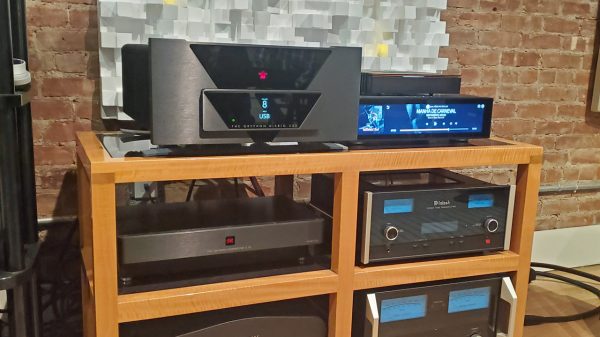The HDMI standard has been with us for 20 years and it is unlikely that it will be going away anytime soon when it comes to the interface between your TV, video and gaming devices. CES 2025 provided an opportunity to celebrate the standard’s 20th Anniversary and learn a lot more about its latest and greatest version – HDMI 2.2 – which is going to start showing up later this year.
HDMI: Quick Overview
HDMI stands for High Definition Multimedia Interface and was developed as a secure method of transferring both digital video and digital audio through a single cable. It was also designed to be upgradeable to meet changing needs. HDMI standards are developed and enforced by the HDMI Licensing organization and HDMI Forum.
For security, HDMI incorporates HDCP (High Bandwidth Digital Content Protection) which prevents unauthorized copying of video content over HDMI connections. This security protocol is one of several features enabled by the EDID (Extended Display Identification Data) handshake, or the HDMI handshake. When an HDMI cable is first connected between two components, like a source and a display device or a source and an A/V receiver, each device identifies its capabilities to each other via EDID data in that handshake. These data identify things like the device manufacturer and device type as well as specifics related to supported video resolutions and refresh rates. This handshake lets the source know what sort of audio and video signal the display or receiver can handle so it doesn’t send video or audio that the display or receiver won’t be able to process.
Similar to EDID data, both an HDMI source and connected display also need to communicate that they support compatible versions of HDCP, otherwise the TV or projector may not be able to display secure content. In fact, even if both the source and display incorporate HDCP, sometimes there can be glitches that may block communication, leading to no signal or error messages. These days, that condition is relatively rare, but it can happen and can lead to lengthy debugging sessions.
For a full rundown on the history and capabilities of HDMI versions, refer to our resource articles WTF is HDMI 2.1/2.1a? and WTF is HDMI ARC/eARC?
HDMI 2.2
At the recently concluded CES 2025, the HDMI Forum, Inc. announced the pending release of HDMI version 2.2. This HDMI version incorporates all of the capabilities of the previous HDMI versions up to this point, but is also engineered to deliver more options that not only support current and future consumer needs, but also advanced creation, distribution, and experiential capabilities that also meet the needs of TV, movie, and game studios.

Increased Bandwidth
The core of HDMI 2.2 is its increased bandwidth capacity. This version implements a 96Gbps bandwidth capacity (current HDMI 2.1a maxes out at 48Gbps) and next-gen HDMI Fixed Rate Link technology (also introduced in HDMI 2.1). This provides optimal audio and video stability and quality for a wide range of device applications.
The faster 96Gbps bandwidth capacity is designed to improve demanding data-intense immersive, and virtual reality applications such as AR/VR/MR, spatial reality, and light field displays as well as various commercial applications such as large-scale digital signage, medical imaging, and other high-end professional display applications.

Resolution Support
It is expected that HDMI 2.2 will provide expanded resolution support. Currently, 4K, 8K, and 10K resolutions are supported via HDMI 2.1, but HDMI 2.2 adds 12K and 16K support. But it’s not just more pixels, the latest revision also includes higher refresh rates. HDMI 2.2 is also designed to support 4K resolution at 480Hz and 8K resolution at 240Hz. And while there aren’t too many (any?) devices that can generate 8K content at 240 Hz – nor are there many display devices that can handle that, we can imagine the day when a next gen gaming console is able to hit those numbers. And displays aren’t too far behind.

Latency Indication Protocol (LIP)
Also included is Latency Indication Protocol (LIP) for improving audio and video synchronization. LIP allows a source device to adjust playback timing for accurate lip sync (synchronization between the audio and the video). This is important in setups that include multiple source devices, soundbars, and AV receivers all feeding into one or more display devices.

Ultra96 HDMI Cable
Yes, in order to take advantage of the increased bandwidth capacity and all the other possible features of HDMI 2.2, you will need a new Ultra96 HDMI Cable. However, to avoid unauthorized and counterfeit cables, HDMI Licensing has an HDMI Cable Certification Program requiring each model length to be tested and certified and display a Certification Label. Cable pricing will depend on cable length and the pricing structure of authorized makers and sellers.

From Chandlee Harrell, president of the HDMI Forum: “The HDMI Forum’s continuing mission is to develop specifications to meet the HDMI eco-systems growing demand for high-performance capabilities and features,…This new specification supports the fast-evolving landscape for amazing new technologies and products entering the markets now and in the future.”
Availability
The HDMI 2.2 specification is set to be available during the first half of 2025 to authorized adopters, such as TV/display, AVR, and source device makers. If this timeline pans out, product implementation may begin by the end of 2025, but more likely on a wider basis in 2026.
The Bottom Line
Love it or hate it, HDMI has not only been with us for over 2 decades, but this latest update (HDMI 2.2) ensures that it will be with us for another decade or more.
The question is how long it will take HDMI 2.2 to show up in products and how many of us really need to upgrade our current devices and cables to access all the capabilities being offered.
My thought is that professional content creators may be able to take advantage of this upgrade along with some dedicated gamers, but for current and near-future home entertainment and home theater needs, it looks like the current HDMI 2.1 spec still meets the needs of the masses. I doubt that either home theater fans or even hard-core gamers will need 12K or 16K resolution support in the near future, if ever.
Of course, HDMI 2.2 may be adding some other capabilities (watch for HDMI 2.2a, 2.2b, etc… tweaks) that may be desirable to take advantage of. And if so, we’ll be sure to post updates on eCoustics.com
Related Reading



